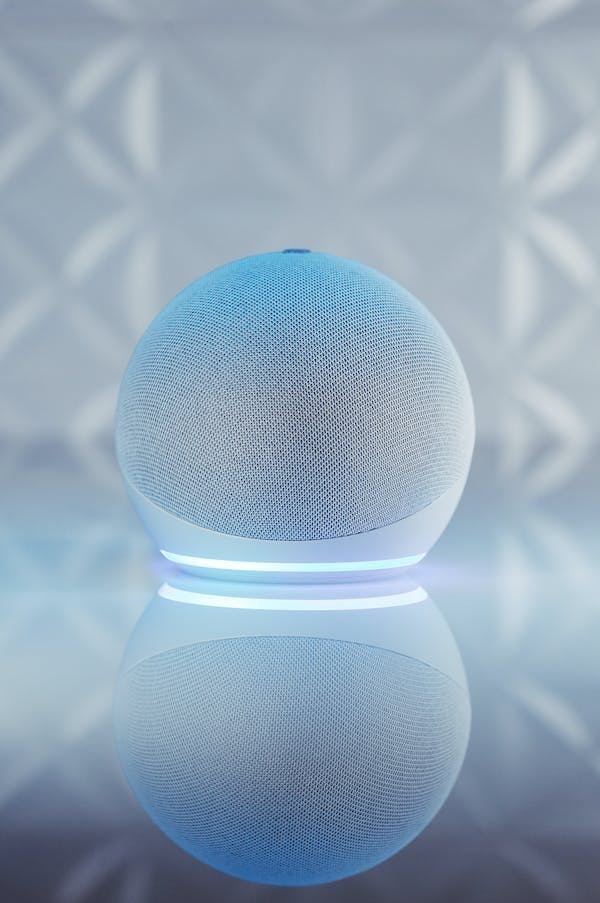The Beginners Guide to the Internet of Things
What is the Internet of things?
The internet of things refers to hardware -“things” that are embedded with sensors connected to a network which allows them to receive and exchange data with little or no human interaction.
Each IoT device, depending on its use, can receive and exchange data. It does this through artificial intelligence or machine learning.
A device programmed with software that can sense if the room’s doors are unlocked and alert you to take action is a viable example of this technology. The device picks out irregular activity through the sensors embedded in it, and then through the program you’ve created on the device, it performs a necessary action which is to send an alert.
IoT can do the following ;
* Configure and monitor
* Access Content
* Monitor and alert
* Interact or communicate
Why is IoT necessary?
In a fast-paced world, there is the need to perform several tasks, each carrying more priority than the other. Whether it’s in our business or in day-to-day activities, the importance of simplifying tasks cannot be overlooked. An increase in productivity levels makes living easier. This is why we need this technology. IoT can be utilized in several ways.
Here are a few examples;
-
Public sector- The government can ensure public safety through connected surveillance cameras. It can be used to monitor the state of roads and predict and control traffic. It can also help in envisaging disasters allowing the government to take immediate action before it affects citizens.
-
Manufacturing -IoT devices can be used to take inventory of goods available, monitor the state of equipment, and predict maintenance. This innovation allows businesses to cut costs and work effectively.
-
Healthcare — wearable devices, such as fitness trackers, can monitor your movement and pulse. You can input daily fitness habits you want to adopt and be alerted if you’re failing at maintaining them. Devices that monitor blood temperature and blood pressure are already in use.
-
Real estate — We have smart homes controlled by a central device with sensors. You can initiate certain commands in your home all from one device.
-
Logistics and transportation — Vehicles have GPS installed them. There is also the possibility of collecting real-time information from drivers
Concerns about IoT
While we applaud IoT’s benefits, it’s best not to ignore the concerns of this advancement.
Privacy, for example, is a major concern people have. Companies creating IoT devices are collecting consumer data to make these devices work better. There is no limitation to what they can do with the data collected. Security breaches should not be ignored; hackers can break into these systems and manipulate how it’s run.
There is also the case of over-reliance on technology. Today, the world is hung on the internet, from social media to smart devices. Real-life interaction is dwindling, and IoT creates a more cut-off world.
With connected devices across the globe, the internet is changing how we do things, and it’ll continue to do so.
Also published here.


